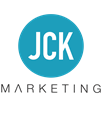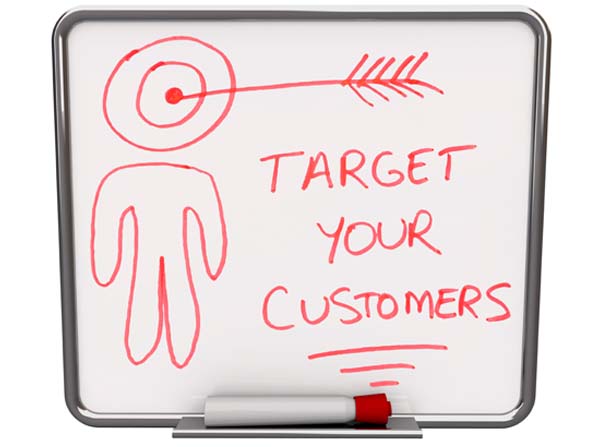A landing page is a page on your website where you send prospects so that they are presented with information that is specifically relevant to them.
So when we were contacted by one of our clients who was concerned that traffic that was getting to her site but no enquiries were coming as a result, we knew that a landing page was the solution. Here’s why:
Our client has a cleaning company which provides cleaning services for:
- Domestic clients (cleaning ovens, carpets etc)
- Landlords and tenants (by offering end of tenancy cleans)
- Commercial kitchens (doing deep cleans)
- Builders (by doing end of build cleans / post renovation cleans)
The client had signed up to a service where builders could look for relevant service providers, such as cleaning companies. They had an online listing which included a link to their website as part of the subscription package.
However the link that she supplied for her listing (and consequently this was the link that the builders were using to view her site) just took prospects to the home page where all services are featured. This page was of course designed to appeal to a range of prospective clients and therefore it did not contain enough ‘builder specific’ information and, as such, no enquiries were forthcoming.
You must remember that internet surfers want to find relevant information as quickly as possible. So the solution was to send the builders to a landing page where they were presented with the right information instantly. And as the page has a specific destination url (rather than the generic home page url), we will be able to track the activity to see how many times people are clicking through from the listing.
Here are a few more suggestions of when landing pages should be used:
- Traffic from a pay per click (PPC) search marketing campaign (such as Google AdWords) to multiple landing pages optimised to correspond with the keywords the searcher used.
- Traffic from a banner ad or sponsorship graphic to a landing page specifically designed to address that target audience.
- Traffic is sent from a link in an email to a landing page designed to prompt a purchase or capture some data.


